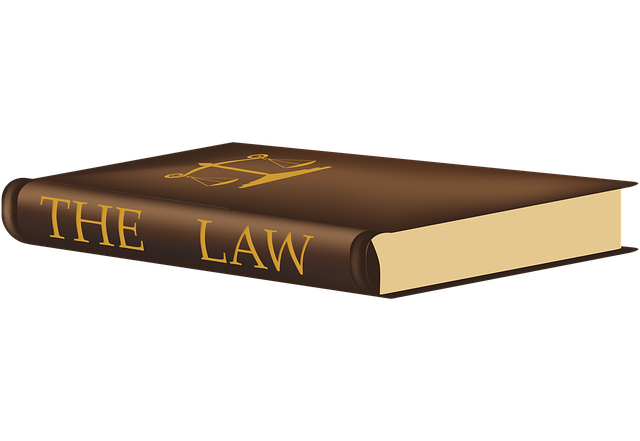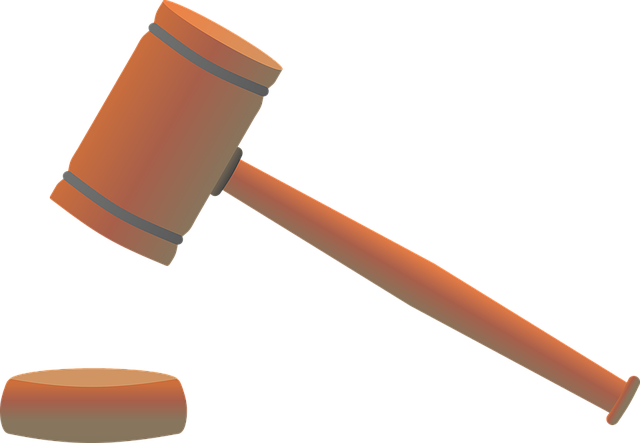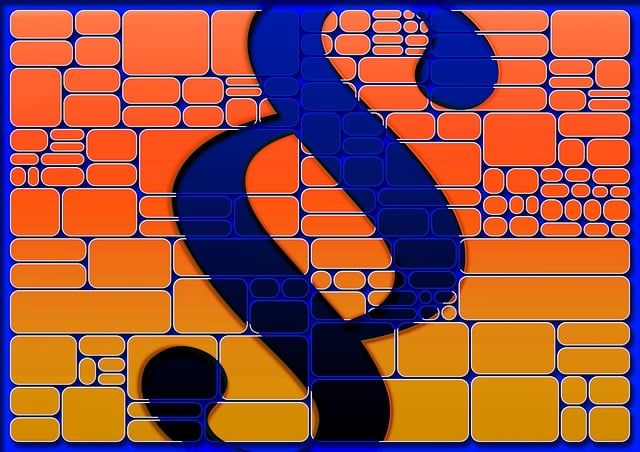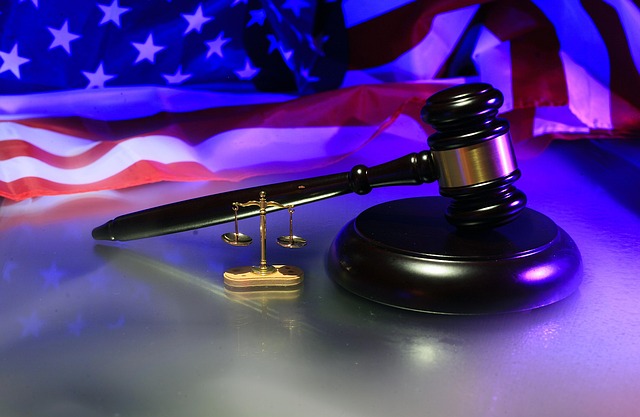Premises Liability Lawyer: Handling Slip-and-Falls, Dog Bites & Commercial Hazards

Slip and fall, dog bite, and hazardous condition incidents on private or commercial properties trigg…….
Welcome to an in-depth exploration of the legal realm of premises liability. This article aims to guide readers through the intricate world of this specialized law, its global impact, and the critical role it plays in ensuring safety for individuals on various properties. By delving into case studies, economic implications, technological innovations, and future trends, we will uncover the multifaceted nature of premises liability law and its influence on society.
Definition:
A premises liability lawyer is a legal professional specializing in the field of tort law, focusing on cases involving injuries or damages sustained on someone else’s property. This type of lawyer represents plaintiffs (those who have suffered harm) or defendants (property owners or managers) in legal disputes arising from negligent maintenance or supervision of premises.
Core Components:
Historical Context:
The roots of premises liability law can be traced back to common law principles, which evolved over centuries to address the responsibilities of landowners towards visitors. Over time, as societal expectations of safety grew, so did the body of law governing premises liability. Landmark cases and legislative actions have shaped its current form, ensuring that property owners maintain safe environments for expected and unexpected visitors.
Significance:
Premises liability law is a cornerstone of tort law, providing a legal framework to hold landowners accountable for the safety of others on their premises. It encourages proactive measures to prevent accidents, promotes fair compensation for victims, and fosters a culture of responsible property management. This specialized field ensures that individuals can pursue justice and receive appropriate remedies when harmed due to another’s negligence.
International Influence:
Premises liability law has left an indelible mark across the globe, with many countries adopting and adapting its principles to suit their legal systems. The concept of a landowner’s duty of care towards visitors is universally recognized, but the specific rules and regulations vary significantly from one jurisdiction to another. Internationally, this field of law reflects cultural, social, and economic differences while addressing shared concerns about safety and accountability.
Regional Trends:
Market Dynamics:
The premises liability law market is influenced by several economic factors:
Investment Patterns:
Investors and developers carefully consider premises liability risks when acquiring or developing properties. Strict liability environments may deter certain investments, while areas with a proven track record of safe property management can attract significant capital.
Economic Impact:
Smart Property Systems:
The rise of smart technology has transformed premises liability law:
Data Analytics for Risk Assessment:
Advanced analytics helps landowners identify high-risk areas and implement targeted safety improvements. Predictive modeling can anticipate potential hazards, allowing for preemptive action. For example, analyzing footfall patterns in a retail space can help design safer layouts.
Virtual Reality (VR) Training:
Landowners and tenants can use VR to train employees on safety protocols, reducing the risk of human error and enhancing overall safety culture.
Impact and Future Potential:
Technological advancements offer both opportunities and challenges:
Key Policies and Regulations:
Influence on Development:
Policies and regulations significantly shape the legal landscape of premises liability:
Main Challenges:
Criticisms and Solutions:
Case 1: The Mall Fire (United States)
In a high-profile case, a shopping mall in the US experienced a severe fire caused by an electrical malfunction. The premises liability lawsuit focused on the landowner’s failure to maintain a safe environment. Key lessons:
Case 2: Slippery Floor Incident (Japan)
A Japanese restaurant faced a premises liability claim after a customer slipped on a recently mopped floor, sustaining injuries. The court ruled in favor of the plaintiff, emphasizing the responsibility of landowners to warn visitors about potential hazards.
Case 3: Landlord-Tenant Dispute (United Kingdom)
A tenant sued their landlord for negligence after developing an allergy to mold in their rental property. The court sided with the tenant, highlighting the duty of landlords to maintain habitable conditions and respond promptly to maintenance requests.
Growth Areas:
Emerging Trends:
The premises liability lawyer plays an indispensable role in shaping safe environments and resolving disputes arising from negligence. As global interactions and technological advancements continue to shape our world, this specialized field must adapt to address emerging challenges. By understanding historical principles, embracing technological innovations, and navigating policy complexities, premises liability law ensures that individuals and businesses alike are held accountable for creating and maintaining safe spaces.
Q: What is the difference between premises liability and general negligence?
A: Premises liability specifically focuses on injuries or damages sustained on someone else’s property due to negligence in its maintenance or supervision. General negligence, on the other hand, covers a broader range of situations where a duty of care is breached, regardless of the location.
Q: Can I sue for premises liability if I was partially at fault?
A: Many jurisdictions follow the principle of contributory negligence, meaning that if you were partly at fault (e.g., running into something), your compensation may be reduced or eliminated, depending on the legal rules in your area.
Q: How long do I have to file a premises liability lawsuit?
A: Statute of limitations vary by jurisdiction. In the US, for example, the time frame typically ranges from 1-3 years from the date of the incident. It’s crucial to consult local laws or seek legal advice promptly.
Q: What if the property owner claims they maintained the premises safely?
A: The burden of proof lies with the landowner to demonstrate due diligence and compliance with safety standards. Plaintiffs need to present evidence of negligence, such as maintenance records or witness testimonies.
Q: Are there any global standards for premises liability law?
A: While there are no universal laws, many international organizations provide guidelines and recommendations that countries can adopt or adapt to suit their legal systems. The International Association of Insurance Supervisors (IAIS) is one such body that promotes harmonization in insurance-related matters, including premises liability.

Slip and fall, dog bite, and hazardous condition incidents on private or commercial properties trigg…….

Premises liability lawyers are vital advocates for individuals injured on commercial properties, hol…….

Choosing a premises liability lawyer with extensive experience and specialized knowledge is key to s…….

Premises liability lawyers hold property owners accountable for visitor harm due to negligence, spec…….

Premises liability law holds property owners accountable for visitor safety, with lawyers specializi…….

In many jurisdictions, property owners and managers are held accountable for maintaining safe enviro…….

Premises liability lawyers are legal experts who hold property owners accountable for unsafe conditi…….

Physical evidence, including photos and surveillance video, is crucial for premises liability lawyer…….